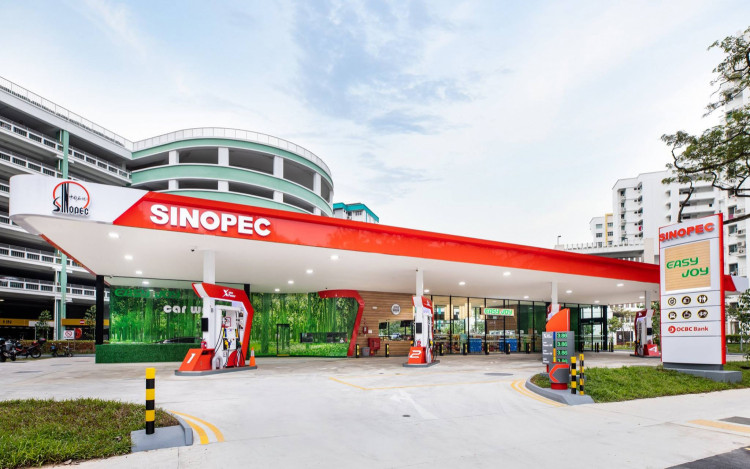China Petroleum & Chemical Corp or Sinopec announced the opening of its first overseas fueling station in Singapore's Yishun Avenue 1. The company said it will soon begin construction for its second station in the country, at Bukit Timah Road.
Sinopec's gasoline and diesel products have passed China's VI emission standards which mean that quality is similar with Europe VI specifications.
Reuters reported that China's state oil company PetroChina has also expanded in the Singapore retail fuel sector after its acquisition of the Singapore Petroleum Company in 2009.
While Singapore's stations were the company's first foray overseas, Sinopec has long been supplying regasified LNG to the China-Myanmar pipeline. This month, Asia's largest oil refinery has started its second connection to PetroChina's China-Myanmar pipeline.
The China-Myanmar pipeline connects Sinopec's LNG terminal in Behai to the city of Laibin.
The first pipeline was connected in September following the launch of the Beihai-Qinzhou in the same month.
The company said its supply is currently reaching 11.5 million cubic meters per day to the China-Myanmar pipeline. To date, Sinopec has supplied a total of 540 MMcm to the pipeline.
In October, Sinopec entered into a memorandum of understanding with Germany's BASF in Beijing. The deal involved building an additional steam cracker in Nanjing, China with 1 million mt/year of ethylene capacity.
In November, Sinopec pledged its commitment in further developing geothermal energy all across China. It replaced coal with geothermal energy for its supply in 10 cities in the country, including Daming in Hebei province and Qingfeng in Henan Province.
Ma Yongsheng, president of Sinopec Corp, said the company believed that geothermal energy is the most sustainable and cleanest form. The company will continue to expand its capacity in producing clean energy, the president said at the 2018 China Geothermal Energy International Forum which was held in Shanghai last month.
The company, which is touted as the world's largest refiner by volume, aims to increase its geothermal energy heating capacity to 120 million cubic meters by 2023. The company hopes to replace coal with geothermal heating in 20 Chinese cities by 2023.
Sinopec is also looking forward to increasing its share of clean energy production to more than 50 percent in the next six years. It pledged to invest and further develop facilities for natural gas and shale gas.
China, for its part, aims to increase its geothermal heating capacity by 500 gigawatts until 2020. Its 13th Five-Year Plan includes increasing its geothermal energy heating facilities to 1.1 billion square meters until 2020.






